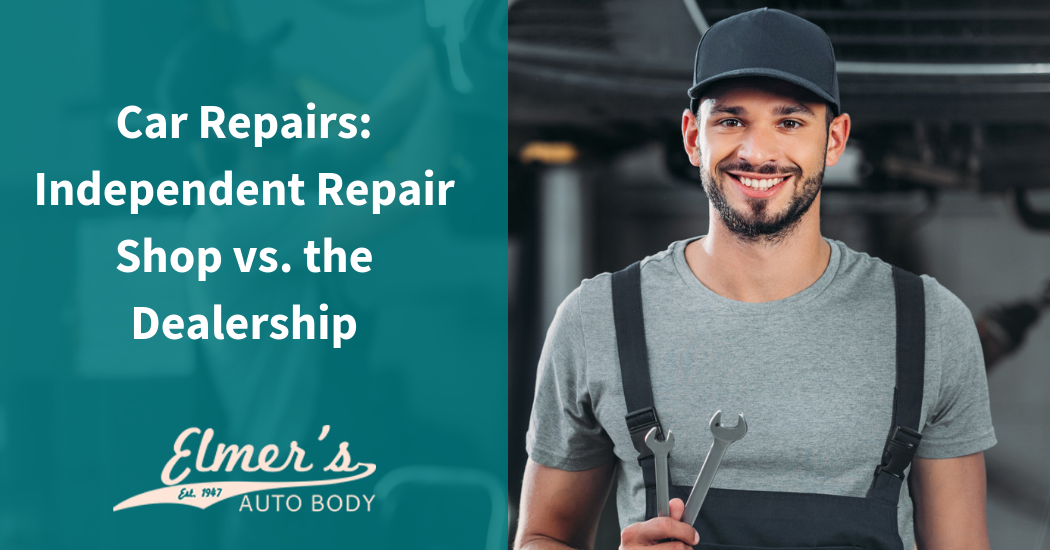When it comes to many common service industries on which we all reply, we tend to have blanket terms for handfuls of related types. “Construction” is a severe generalization, for example. The same can be said for “mechanic”, as people so very loosely use this to describe an independent mechanic shop or the team at their vehicle brand’s local dealership.
Well, they provide the same basic problem solving and services at the end of things. Your vehicle is repaired/inspected/maintained by trained professionals and specialized equipment. However, there are vast differences in the customer experience between these, and both have their strengths and weaknesses.
This results in an awkward scenario where there’s no one right answer. So, let’s take a look at both independent mechanics and dealerships. Some of these will be obvious, but others might just surprise you. At the end of this, hopefully, we’ll have guided you a bit in the direction of which choice works best for you.
Independent Mechanics
Independent mechanics are by their nature, smaller establishments. There are exceptions, as a couple of chains of large mechanic businesses exist in the United States, though their experience is a strange halfway between independent mechanics and dealerships.
Your typical legitimate independent mechanic will generally be calling the shots, having no company to answer to. This provides advantages in a lot of ways, which we’ll get to in a moment.
The biggest overall description of an independent mechanic is “down to earth”, or “personal”, compared to the consumer-optimized, commercial service dealerships offer. However, independent mechanics do have their disadvantages as well. So, let’s look at their strengths and weaknesses in a little more detail.
Pros
• Independent mechanics can have their better nature appealed to. This means it’s possible to haggle or find an honest mechanic who can actually give you a reasonable but still practical price.
• It’s a more personal interaction across the board. You talk directly to the people working on your vehicle, and you can ask questions, interject with important things about your car people wouldn’t necessarily know. You can be a little more involved, at least on the outset, with an independent mechanic.
• They will have very broad experience, working on many different vehicles, solving many different kinds of problems. This means that no matter what your vehicle is, within reason, they can probably work on it. This is contrary to dealerships, as we’ll see soon.
Cons
• They will often be busy with a lot of disparate problems, meaning it may take them a little bit longer than dealerships may be.
• They may have to order parts for your vehicle.
• They may not have equipment dealerships have access too.
• You can run into some hustlers if you’re not quick on your feet.
Dealerships
A dealership is a different beast altogether. Dealerships aren’t just about service and repairs – that’s actually a secondary function for them at best. They exist to sell vehicles, so most of their resources are dedicated to just that.
However, they do have a dedicated mechanic staff, which specializes in your brand of vehicle, which has its advantages. However, you’re unlikely to talk to the mechanics, an associate playing middle man. It’s very neatly packaged sterile consumer service.
Pros
• They almost certainly won’t have to order parts if your car is a common model in their brand.
• They tend to have the latest equipment, and the best expertise if your vehicle qualifies.
• They do provide a more comfortable space to conduct business and, if needed, wait. You’ll get a decent enough cup of coffee, a clean, well-lit place to wait with air conditioning.
• If you’ve got a lease and/or warranty, some repairs may not cost you anything.
Cons
• Prices are fixed at these places. They’re beholden to corporate.
• You can’t engage the mechanics.
• Associates are required to try to upsell you on something while you’re around.
• They specialize, and depending on your vehicle, that may just make them not an option.
To learn more, fill out our contact form today!




